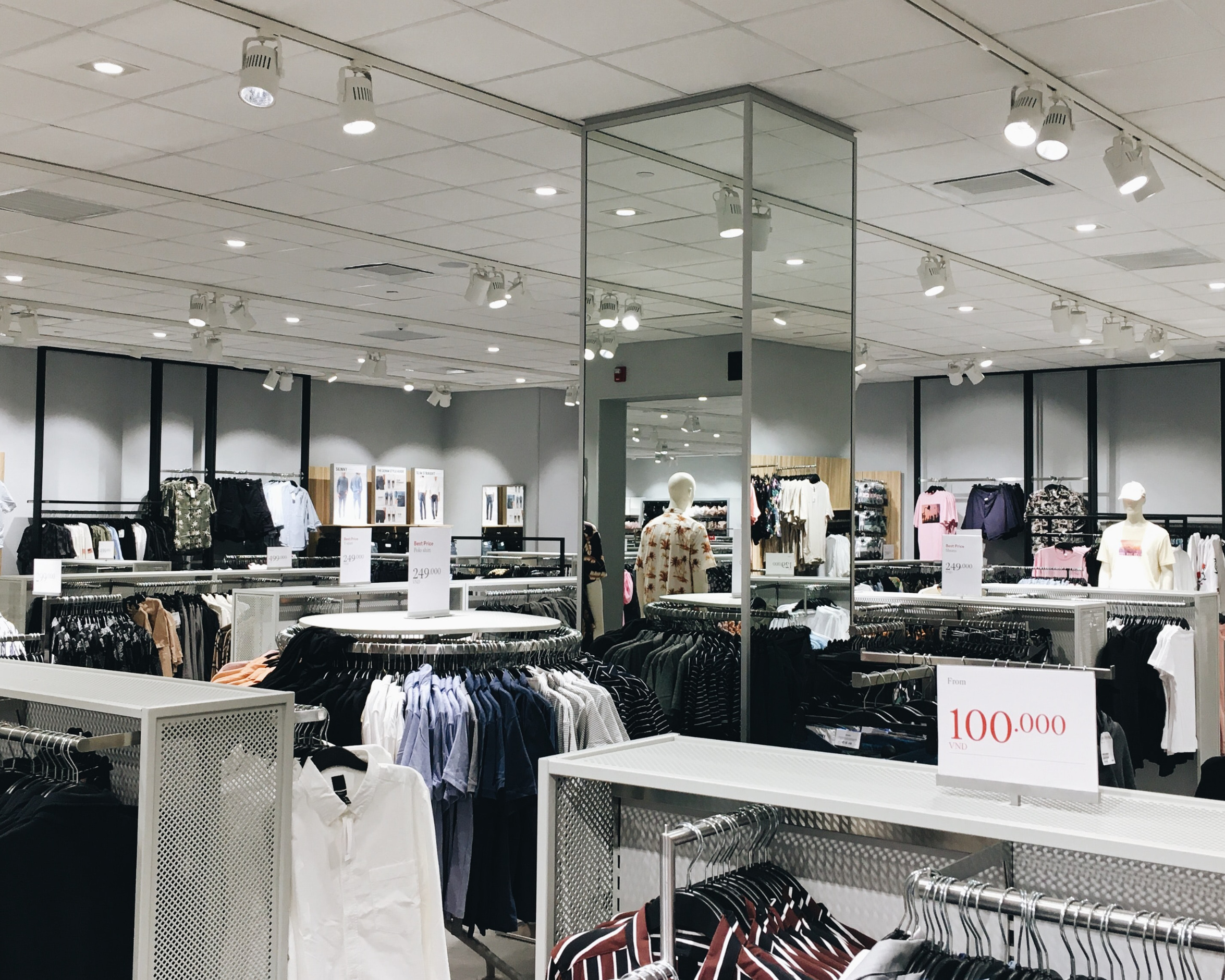2021 was a year of readjustment marked by a slow economic recovery, still engulfed by the Covid-19 pandemic, which continues to spread across the nation. We all hoped that 2021 would be the year of the return to normality, but that was not the case.
In this climate, the retail sector has adopted a flexible strategy that makes it easier to adjust to new consumer habits, causing marketers to reorganise their resources and distribution channels for 2022.
Tiendeo, a company specialising in the digitization of the retail sector, has identified 5 key trends that will revolutionise retail in 2022, based on a survey of marketers* from the world’s leading brands and retailers.
Omnichannel experiences will continue to grow
According to the “Retail Marketing Hot Trends 2022” study conducted by Tiendeo, 58.6% of retailers and brands will be investing in digital channels in 2022. Changes in shopping habits have made the digital channel the preferred medium for marketers to connect with consumers.
Now more than ever, the use of adaptable strategies in the face of an uncertain future, together with the need to offer omnichannel experiences, will form the cornerstone of marketing strategies in 2022.
The rise of the “Experiential Store“
The concept of the traditional store is disappearing to make way for stores that offer experiences: stores that are able to combine the physical and digital worlds at a specific time and place.
The objective of this change in business model is to attract the public to the store (both those who intend to buy and those who don’t) and thus create a unique emotion-based experience that creates a greater connection and bond.
“Although physical stores are still very popular, consumers want a memorable and frictionless experience, where digital will play a key role“, says Eva Martín, Tiendeo CEO.
Technology as a catalyst for change
Mobile sales support solutions, interactive kiosks, checkout-free shops,… This will also be the future of retail. With the incorporation of technology and artificial intelligence into the sales process, we will see more and more smart stores, allowing consumers to shop in places that are virtually unmanned and where there is no checkout.
In South Africa, Retail giant Shoprite took the plunge by testing a new type of supermarket focused on autonomy and self-service called Checkers Rush. This new concept of supermarket has no cashiers, or till points and uses advanced AI camera technology, allowing customers to walk out with their purchases without having to check out.
When it comes to online shopping, we will be taken to the store from the comfort of our own homes through augmented virtual reality. An example of this is Dyson, which is one of the first brands to test this concept with the opening of its own virtual store, where users are invited to try their products remotely and thus initiate the purchasing process.
The circular economy will be at the core of our strategies
Consumer concern for the environment is driving retailers and brands to adopt a more environmentally responsible strategy. Zero waste, second-hand and used markets will continue to grow as they address a crucial issue for the sector in 2022: reconciling purchasing power and environmental protection.
Long live Social Shopping
Although social shopping is already a well-established trend, in 2022 we will see more and more brands and retailers using this medium as a complement to e-commerce, where social selling will rely mainly on influencers and brand ambassadors.







